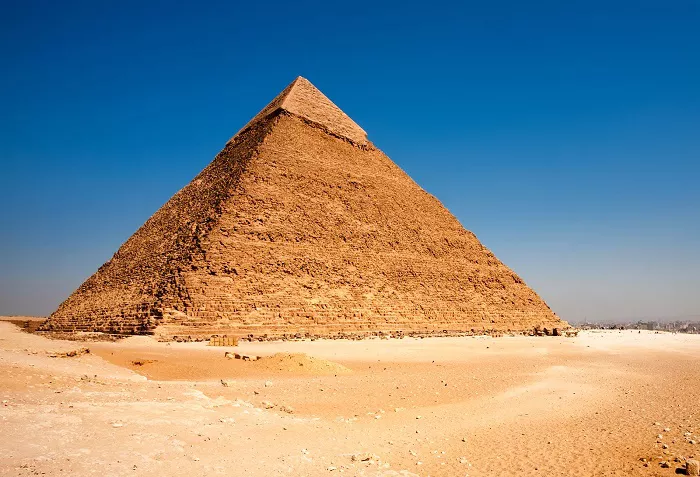Archaeologists working in the Judean Desert have uncovered a mysterious pyramid-shaped structure dating back 2,200 years. The excavation, a collaborative effort between the Israel Antiquities Authority (IAA) and the Ministry of Heritage, sheds new light on the region’s history during the reign of the Ptolemies and Seleucids.
The discovery was described as one of the most significant archaeological finds in the area. Excavation directors Matan Toledano, Dr. Eitan Klein, and Amir Ganor referred to the site as “one of the richest and most intriguing archaeological excavations ever found in the Judean Desert.”
The structure, composed of hand-hewn stones weighing hundreds of pounds, remains an enigma. While its exact purpose is still unknown, scholars speculate it may have served as a guard tower, a grave marker, or an ancient monument.
Among the artifacts uncovered were bronze coins, including those linked to the Ptolemies and Antiochus IV, as well as weapons, wooden tools, and fragments of fabric. Historical documents, bronze vessels, and remnants of ancient furniture were also found, further contributing to the puzzle of the site’s purpose.
The excavation has led to a revision of the historical record. Initial hypotheses suggested that the structure was from the First Temple period, but evidence now points to its construction during the Hellenistic era, likely under Ptolemaic rule.
IAA Director Eli Escusido called the Judean Desert survey “one of the most important archaeological operations ever undertaken in the history of the State of Israel.” The discovery is expected to significantly impact both archaeological and historical research, offering a deeper understanding of the region’s past.
Located approximately 800 meters above the Dead Sea, the Judean Desert is known for its rugged terrain and numerous wadis that carve through the stone, making it a rich area for archaeological exploration. This recent find marks a key moment in the ongoing study of the ancient past.

